[Shenzhen, China] Huawei Digital Power APAC hosted a FusionSolar Smart PV Technology Workshop on March 28,
2024, to discuss the importance of safety standards for solar roofs. The event brought together more than 40
experts from organizations such as ASEAN Centre of Energy (ACE), Engineering Institute of Thailand (EIT),
Energy Research Institute Nanyang Technology University (NTU) Singapore, Malaysian Photovoltaic Industry
Association, TÜV Rheinland, LONGi Green Energy, and others to explore the latest developments in solar roof
technology and emphasize the importance of adhering to safety standards.
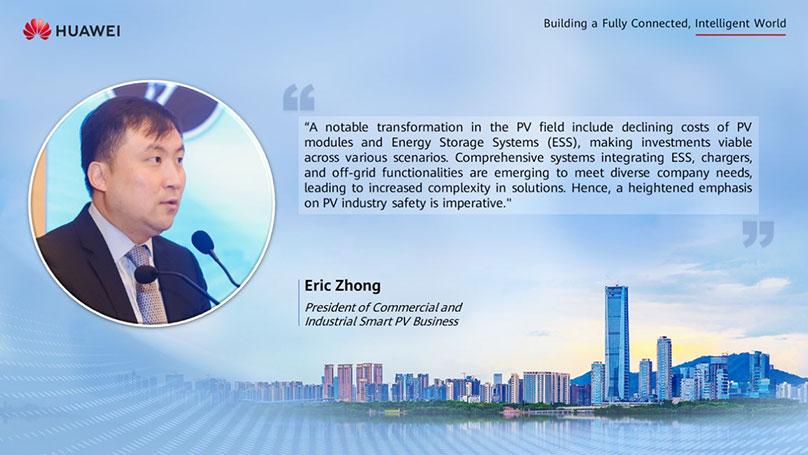
Figure 1: Eric Zhong, President of Commercial and Industrial (C&I) Smart PV & ESS Business, Huawei
Digital Power, delivered a compelling and insightful opening speech.
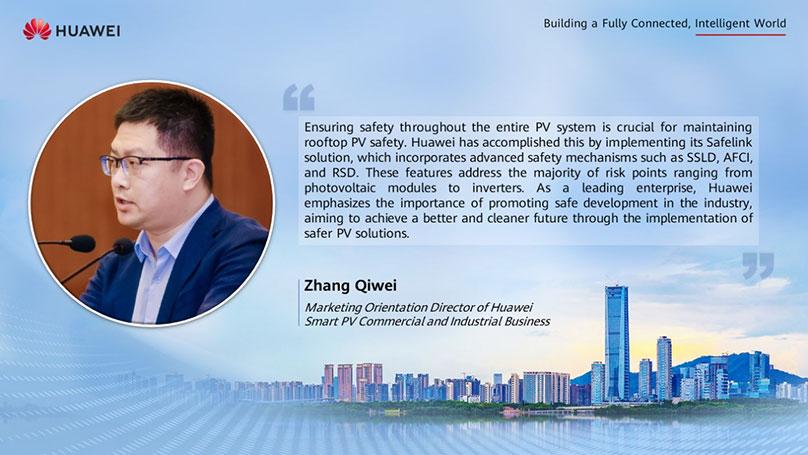
Figure 2: Zhang Qiwei, Marketing Orientation Director of C&I Smart PV Business, Huawei Digital Power
shared insights in his keynote speech ‘Redefining Safety: Reaching New Heights with FusionSolar C&I
Smart PV Solution.’
Mr. Zhang accentuated that harnessing Huawei's cutting-edge Smart PV Technology seamlessly combines digital
and power electronics innovations, will significantly reducing hazardous incidents caused by unstable
control systems, improper installation, and other factors, thereby ensuring a safer and more reliable
rooftop PV experience for all.
The Huawei’s Smart String-Level Disconnector Technology (SSLD-TECH), enabling active DC disconnection and
precise string-level isolation to ensure safety and reliability for power plants. Huawei
FusionSolar emphasized on active safety whereby the AI-powered arc fault circuit
interrupter (AFCI) arc fault locations within modules and discern electrical arc noise, effectively
mitigating false alarms and detection gaps to ensure safety for customers.
Nevertheless, Huawei FusionSolar’s Smart Module Controllers are equipped with the module rapid shutdown
function. Each module is linked to an optimizer to monitor its output, and in emergency situations, the
rapid shutdown can be trigged by a power grid outage, disrupted communication with a remote emergency
switch, or manually initiated via the DC switch, ensuring personal, electrical, and property
safety.
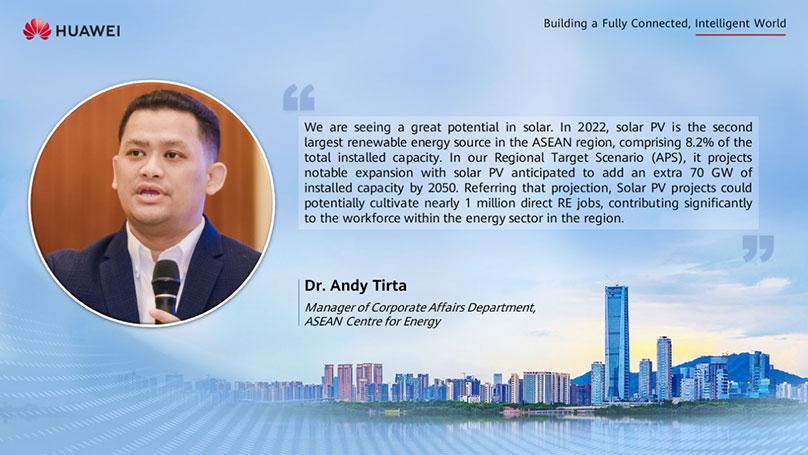
Figure 3: Dr. Andy Tirta, Manager of Corporate Affairs Department, ASEAN Centre for Energy has
delivered his valuable insights on “Empowering Solar PV: Addressing Challenges and Driving Growth
Across the ASEAN Region”.
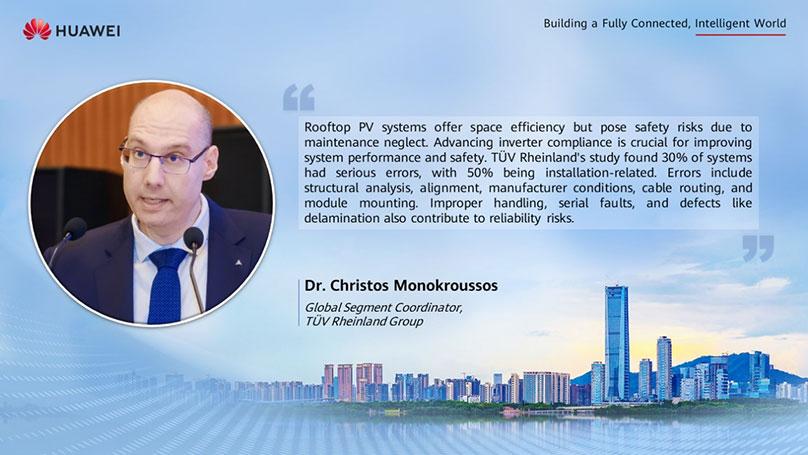
Figure 4: Dr. Christos Monokroussos, Global Segment Coordinator at TÜV Rheinland, shared his valuable
insights ‘Risks in Rooftop PV Systems – Experience from Inspections.’.
In a collaborative effort, Huawei and TÜV Rheinland recently published a comprehensive white paper in 2023
detailing how the innovative "optimizer + two-stage inverter" design enhance PV modules safety; enable
independent energy generation; real-time intelligent O&M; preventing electric shocks through module-rapid
shutdown.
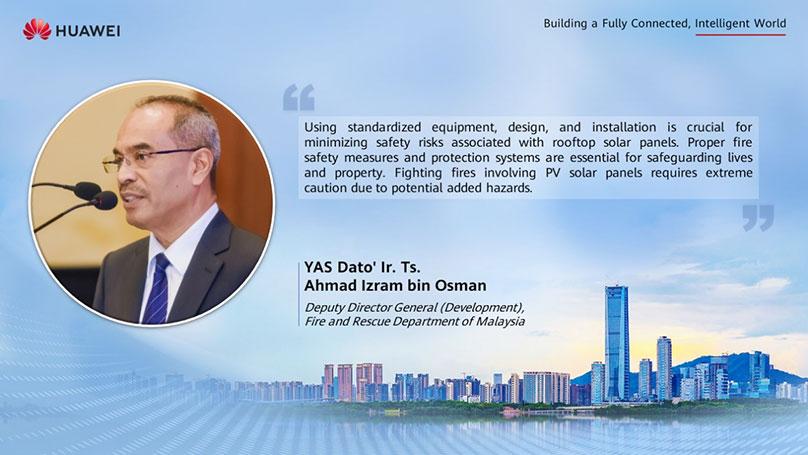
Figure 5: YAS Dato' Ir. Ts. Ahmad Izram bin Osman, holding the distinguished position of Deputy
Director General (Development) at the Fire and Rescue Department of Malaysia, delivered a highly
informative and insightful speech on the crucial subject of “Understanding Fire Safety on Solar
Rooftops."
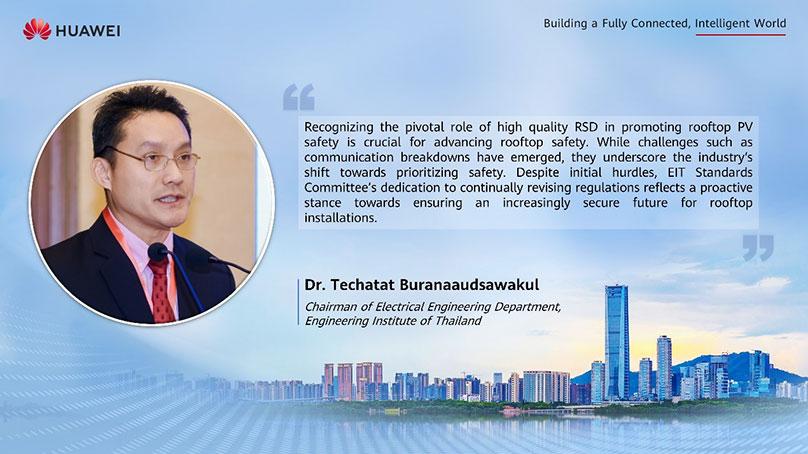
Figure 6: Dr. Techatat Buranaudsawadku, Chairman of the Electrical Engineering Department at the
Engineering Institute of Thailand (EIT), has shared his valuable insights on the topic, "The
Consequences After Including RSD Requirements in Local Standards: Thai Electrical Code - Solar
Rooftop Power Supply Installations 2022."
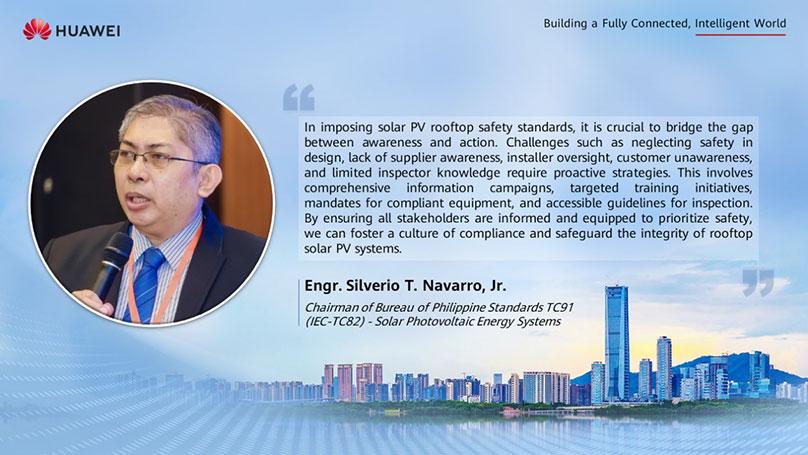
Figure 7: Engr. Silverio T. Navarro, Jr., Chairman of the Bureau of Philippine Standards TC91
(IEC-TC82) for Solar Photovoltaic Energy Systems, discussed the “Challenges and Strategies in
Imposing Solar PV Rooftop Safety Standards” within the industry.
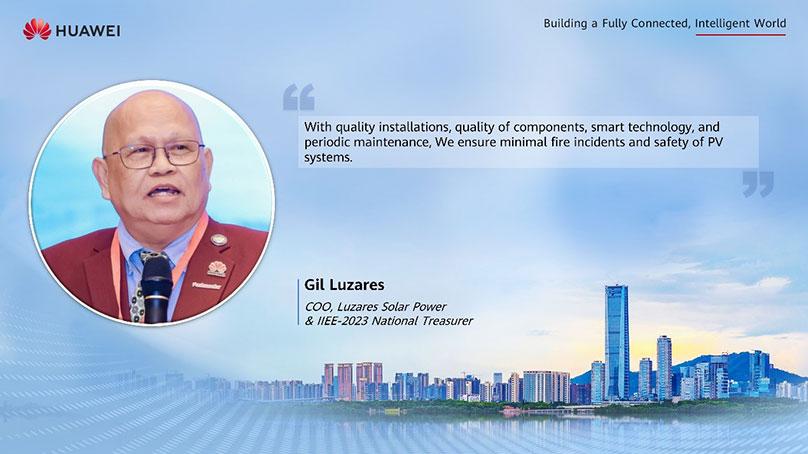
Figure 8: Gil Luzares, COO of Luzares Solar Power & IIEE-2023 National Treasurer, emphasized the
importance of "Fire Safety of PV Systems" to mitigate and minimize fire incidents.
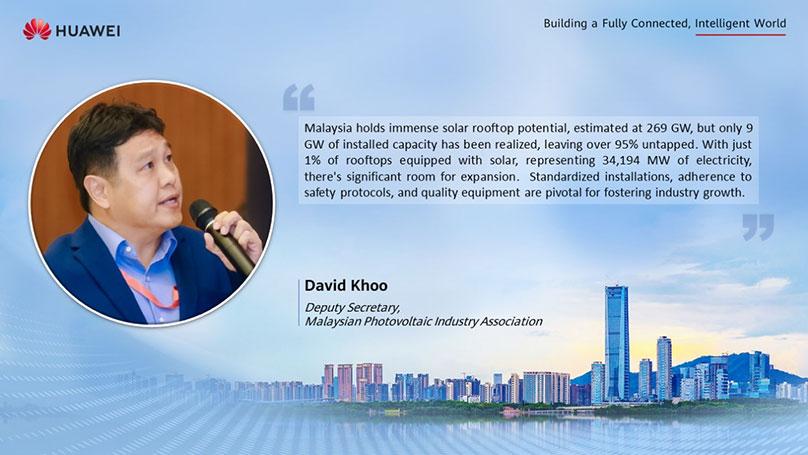
Figure 9: David Khoo, Deputy Secretary of the Malaysian Photovoltaic Industry Association, presented
the “Malaysia Solar Roadmap & Challenge on PV Rooftop”, aiming to align industry experts on critical
issues regarding protocol and standardization.
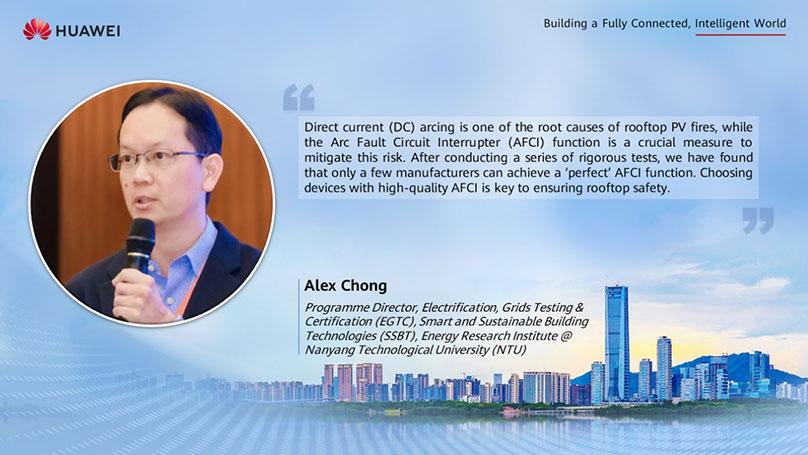
Figure 10: Alex Chong, Programme Director for Electrification, Grids Testing & Certification (EGTC)
and Smart and Sustainable Building Technologies (SSBT) at the Energy Research Institute @ Nanyang
Technological University (NTU), shared his valuable insights on the Testing of Arc Fault Circuit
Interrupters for PV Systems.
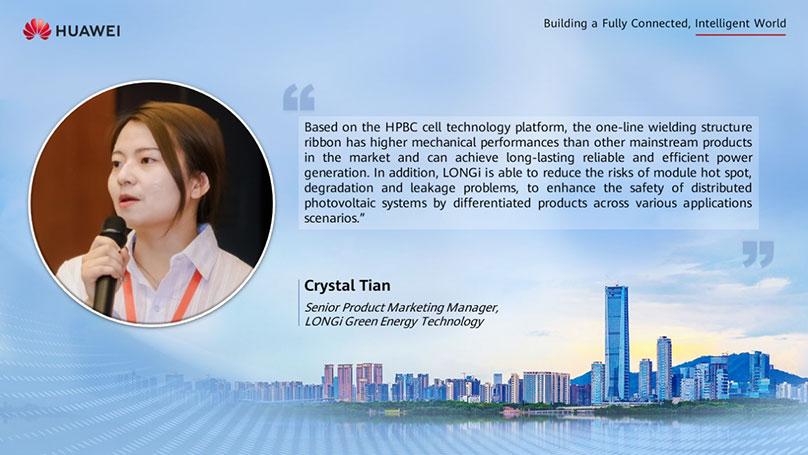
Figure 11: Crystal Tian, Senior Product Marketing Manager at LONGi Green Energy Technology,
illuminated the significance of "Product and Technology Trends of Modules Under the Safety
Requirements of PV Systems."
The workshop facilitated knowledge exchange, best practices sharing and discussed on addressing challenges
and seizing opportunities in the rapidly evolving solar industry. Together, we can harness the power of
smart PV technology to create a greener planet for generations to come.